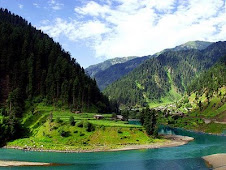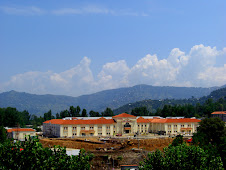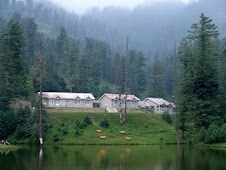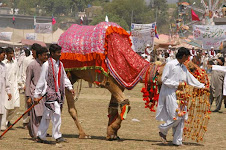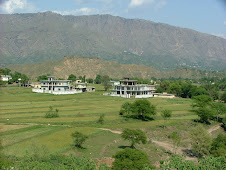
Khuiratta is a very nice place 160 kms east to Islamabad.
Its located in Kotli which is a district and main city of Azad Kashmir.very nice and worth seeing place. its most area consists of a valley which is named the Bannah valley. All basic needs of everyday life are provided, like electricity, telephone, hospitals and a good networks of roads throughout the whole valley.its most famous places are dhairy sahibzadian, sairi, manjwal, phalni, bhayyal, gayaen, karjai deehari bagh darbar mai toti and chattar.Literacy rate is very good in this town. There are so many government and private schools and colleges in the Khuiratta town. Government high school khuiratta , holy public college and school the Pasban academy khuiratta are much popular for their eduational level.
Khuiratta city, located near the control line between Indian occupied Kashmir and Azad Kashmir. It's at a distance of 25 kms from the Kotli City District of AJK. It's an easy approachable place. If you have landed in Islamabad. Then you can use rent a car or just go to peer Wadhai bus station and you will find commfortable small vans going to Khuiratta directly. You will reach the town in 3 hour and 30 minutes. It is not more than 160 kms journey but the whole journey is full of excitement and thrill. As the zig zag road is moving along the high mountaineous chain. It is a developing city, lies between tow big straight chains of mountains (east and on west side). This whole area is commonly called the Bannah Valley and Khuiratta is the business and commercial center of this valley. This place is worth seeing. You can easily find the hotels, restaurants, and other everyday needs of life. People of Khuiratta are very polite, civilized, and well-educated. There are many government and private schools, colleges, and hospitals.
Khoiratta lies 28Km South of Kotli. A vibrant town, at an elevation of 2570 meters above sea-level is most famous for the annual Vasakhi mela (spring festival). Thousands of people from the Kotli, other adjoining districts and even Pakistani & Indian Punjab flock to the festival in spring to watch sports, animal parades and horticultural displays. The nearby Banah is a beautiful area full of natural springs and waterfalls. At Bahees Naraha several springs emerge from the mountains. This was an important Hindu place of worship in ancient times. Close to Khoiratta are the Bagh Fatehpur and Bagh Sain Hazuri which are known for their natural beauty. Thousands of people flock to Mai-ka-Makam Shrine, a distance of 4Km from Khoiratta, to pay homage to Mai Toti Sahiba.





